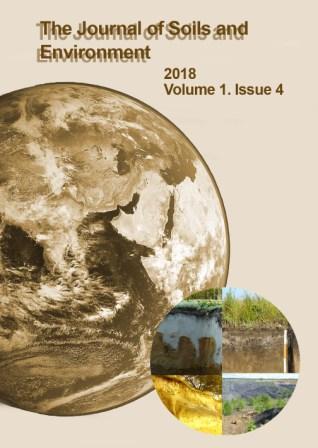Biodiagnostics of the cultivated urban soil polluted by metals: bioindication and bioassay
DOI:
https://doi.org/10.31251/pos.v1i4.34Keywords:
novic Anthrosol, nickel, cadmium, enzymatic activity, Scenedesmus quadricauda, Daphnia magnaAbstract
The biological effects of contamination with nickel and cadmium were evaluated in cultivated urban soil under field conditions. The methods of bioindication and bioassay indicated high toxicity, deterioration in biochemical properties and slow recovery of contaminated soil. Soil dehydrogenase is a sensitive indicator of metal contaminations, which allows identifying the biological effects that occur even in slightly polluted soils. The data obtained by bioindication using soil dehydrogenase activity were consistent with bioassay results. Bioassays revealed acute toxicity of contaminated soil to daphnia Daphnia magna Straus and green algae Scenedesmus quadricauda (Turp.) Breb. The toxic effect increased with an increase in the metal concentration and depended on the added metal. The toxicity of soils contaminated with cadmium was higher compared to nickel throughout the entire study period. Two years after pollution, a decrease of the toxic effect was observed in soil contaminated with nickel, while the toxic effect of cadmium did not decrease with time. Even after an increase of dehydrogenase activity in nickel-contaminated soil, bioassays still indicated its toxicity for the test objects, particularly as regards green algae. The results indicate the preservation of toxic properties and possible negative effects to biota.







